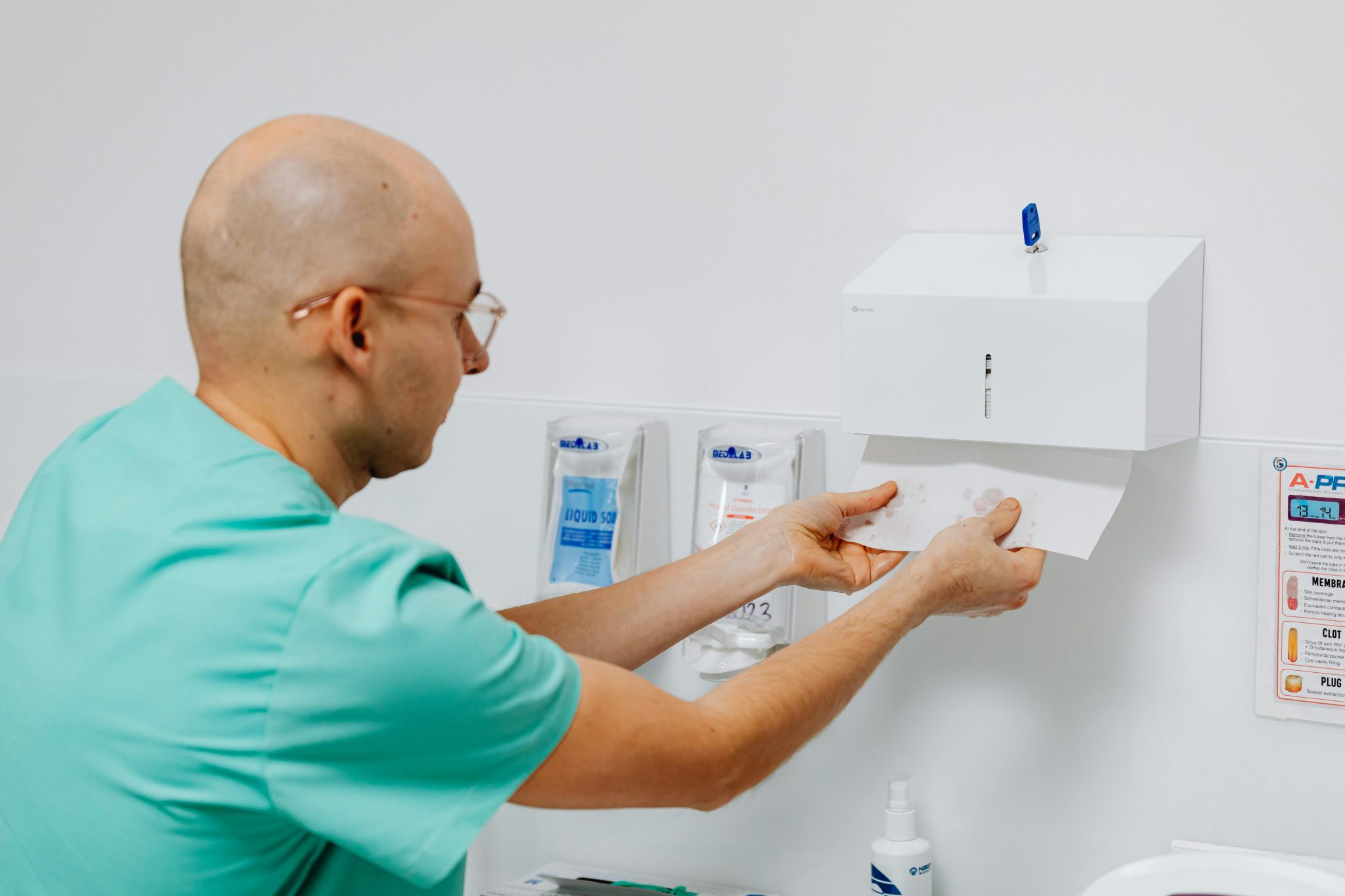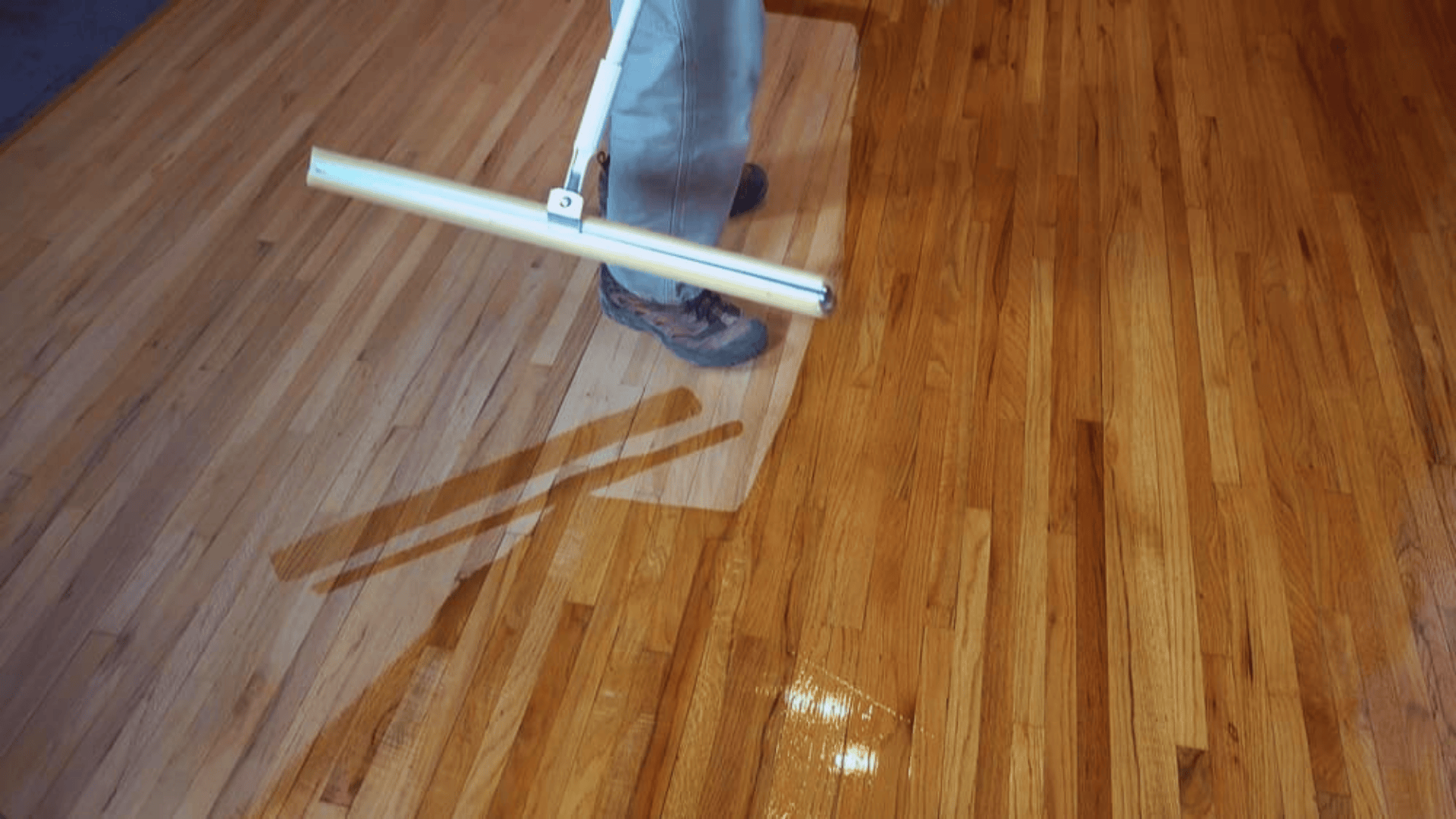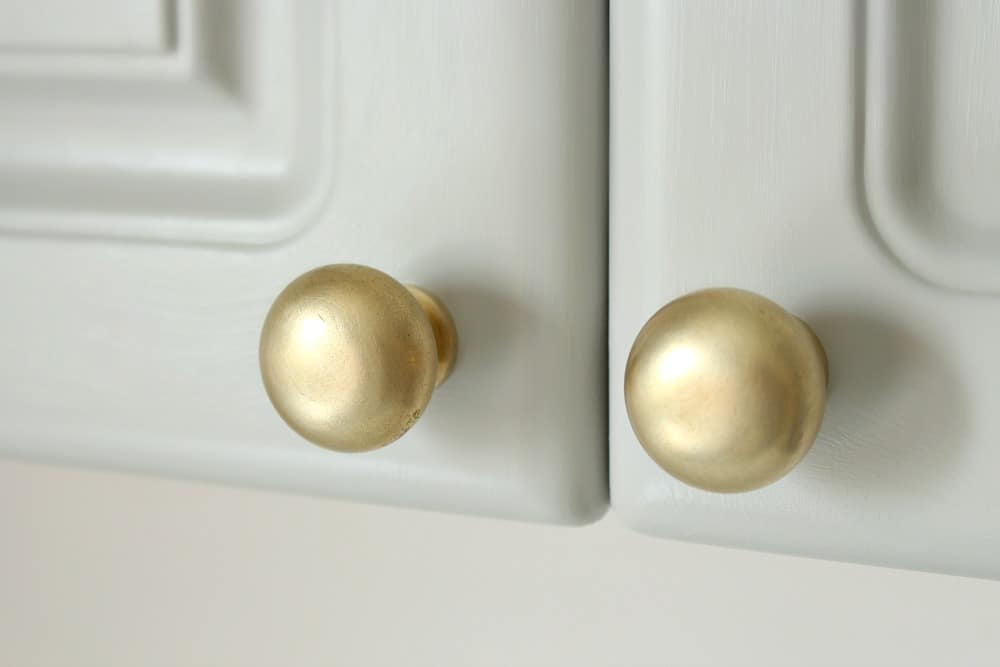Preventive Measures for Avoiding Household Water Damage
Protecting your home from potential water damage is crucial. Regularly inspect your plumbing systems and appliances to identify any leaks or malfunctions early.
Consider installing a water leak detection system for an extra layer of protection. This technology alerts you at the first sign of any excess moisture, helping safeguard your property from expensive water damage.
Staying proactive in these preventive measures could save you from significant expenses and stress down the line. For professional help with water damage, visit this expert team for assistance.
Identifying High-Risk Areas in Your Home
It’s crucial to pinpoint areas of your home which may be most susceptible to water damage. These high-risk zones require increased vigilance and preventive measures.
- Bathtub and Washrooms: Regularly check for leakages in bathtubs, showers, and sinks.
- Electrical Outlets: Design them above ground level to prevent exposure to water and potential electrical malfunctions.
- Kitchen Spaces: Pay attention to areas around your dishwasher and fridge where leakage is common.
- Fire Alarms: Protect these devices from potential water damage by installing a waterproof cover or placing them at a safe distance from possible water sources.
- Medicine Cabinet: This area should also be monitored regularly for signs of moisture or watering because of its close proximity to bathroom or washroom facilities.
- Property Lighting: Keep your lighting systems safe from water spillage or leaks by developing good maintenance habits like regular checks and prompt repairs.
- Furniture Corners: Pay attention to furniture items that could harbor hidden leaks particularly those close to walls or windows.
- Stairs: Ensure stairways are leak-proof. Constantly assess the state of each step, looking out for water stains or dampness.
- Window Areas: Windows can allow rainwater seepage if not tightly sealed; regularly inspect window sills for signs of water penetration.
To guard against damage caused by household accidents, you can further check the safety guidelines recommended by Bob Vila for reassurance.
Neglecting high-risk areas can lead to unnecessary damage and potentially costly repairs. Take preventative action now to assure a safer, damage-free home.
Maintaining Your Plumbing System
Keeping your plumbing system in optimal condition involves more than just fixing leaks and unclogging pipes.
Investing in Care Plans
A practical approach is enrolling in a maintenance plan.
These are designed to regularly check, maintain, and repair any issues with your plumbing.
Cost-Effective Preventive Measures
The “Whole Home” Care Plan for example, available at a discounted rate, ensures you get professional services at a fraction of the actual cost.
This plan has a reduced service fee, saving you up to $30 each visit.
Included Services
Besides two free HVAC maintenance visits, it provides a complimentary annual check on your plumbing infrastructure.
This includes water heater maintenance that could prevent serious water damage down the line.
Additional Benefits
You also get priority scheduling, extending the life of your appliances through timely interventions. Not to mention special offers and extended warranties.
The ultimate goal of this maintenance plan is to preempt potential problems with your plumbing system, potentially saving hundreds of dollars in repairs or replacements in the long run.
Regular Inspection of Roofs and Gutters
Maintaining your home’s quality calls for consistent roof and gutter check-ups. It’s essential to understand the indicators of potential issues, many of which are visually detectable even from the ground.
A minor leak can cause significant damage over time if left unchecked. Therefore, regular inspections can alert homeowners to these threats before they escalate.
Some leaks may be elusive due to concealed water pathways. If no visible signs are evident, inspect the roof’s underside or attic for frosted nails that indicate moisture during colder periods.
|
Issue |
Symptom |
Action |
|---|---|---|
|
Roof leakage |
Dampness or stain on ceiling |
Inspect snugly fitting vapor barrier and roof underside for drips |
|
Lack of kick-out flashing |
Rain runoff along walls |
Ensure installation of kick-out flashing at roof-wall junctions |
|
Poor chimney flashing |
Water spots near chimney or downhill in attic post-rainfall |
Check chimney for properly sealed step and counterflashing |
|
Hail damage |
Discolored or punctured shingles, granules shedding off |
Schedule an inspection by a professional roofer |
|
Table: Common Rooftop Problems, Symptoms, and Actions |
||
To prevent leakage, ensure some flashings are installed where the rooftop edge meets a sidewall. Hail can remove surface granules from shingles, reducing their durability to UV rays. If hail damage is suspected, schedule an inspection from a roofing contractor.
Keeping Trees and Shrubs Well-Trimmed
Proper tree maintenance, including regular trimming, ensures strong, aesthetically appealing growth. Maintaining your trees helps encourage flower and fruit production while also improving overall plant health.
Timing and Techniques
Pruning is more than just an aesthetic enhancement; it’s an essential task for a healthy tree. The right timing makes an enormous difference in its effectiveness.
Beyond Aesthetic Appeal
Beyond aesthetics, pruning holds many advantages. It supports strong growth, increases flower and fruit production and helps maintain the tree’s health.
Prioritizing Safety Measures
Pruning also addresses safety concerns by reducing the risk of falling dead branches. This preventive measure significantly lowers potential water damage cases.
Benefits of Professional Services
Hiring professional pruners is highly recommended, especially for older or larger trees where precision and skill are required. It enhances not only aesthetics but overall tree health too.
Regular Maintenance Matters
Tree management involves much more than occasional pruning; experts stress the importance of ongoing care. Regularly maintained trees typically stay healthier for a longer span.
Avoiding Damage and Pests
Avoid improper pruning which can lead to damage and even attract pests. Maintain the life cycle of your plants by opting for professionals in tree care.
Promoting Healthy Growth
Regular pruning promotes healthy growth, encouraging fruit and flower production. To avoid messy situations like unwanted fruit fall, carefully manage your fruit producing trees.
Installing a Water Leak Detection Device
Water leak detection devices, such as the Guardian by Elexa Leak Prevention System GVD3, can identify and report leaks in your home, protecting you from potentially costly repairs. As the device shuts off the water supply at the first sign of leakage, quick installation is vital to ensure preventive measures are in place.
What Specifications should be Checked Before Installation?
Before installing a leak detector, verify your pipes’ width. They should be a half-inch to 1 inch. Furthermore, look for a quarter-turn ball shutoff valve on your pipe. Finally, check that there’s 4½ inches of space around this valve.
How do you Secure the Shutoff?
The shutoff unit should be clamped onto your pipeline. Make sure the center fork sits right on your existing valve. Once set up properly, all you need to do next is to plug in the power adapter.
Where Should I Put the Sensors?
Connecting the sensors to your app and WiFi allows for continuous monitoring. Place these sensors near sinks, toilets, and water heaters; areas most prone to leaks. This guide provides more detailed information about sensor placement.
How user-friendly are Water Leak Detection Devices?
Most kits like Guardian by Elexa Leak Prevention System GVD3 are simple to install without professional help. You may also refer to water leak detector reviews and buying guides for additional assistance.
Securing Your Home’s Exterior
Ensuring your home’s exterior is secure from water damage initially comes down to the quality and strength of your door locks.
- High-Security Locking Systems: They’re ideal for exterior doors as they offer superior protection against break-ins.
- Dead Bolts: They are usually fitted 6 to 12 inches above the keyed entry for enhanced security. Choose a model with a solid brass plug and cylinder and a six-pin keying system that’s hard to pick.
- Keyed-Entry and Handle Sets: These are installed in exterior doors and work in conjunction with a dead bolt. Consider models with dual-torque springs, heavy-duty steel or brass strike plate, and a dead-locking latch.
- Interior Door Locks: These can prevent unwanted entry into certain rooms within your house. Choose locks with dual-torque springs, an emergency release, and a no-tarnish lifetime finish for longevity.
Lastly, remember every lock serves the purpose of keeping unwanted guests out, so it’s important to invest wisely based on the needs of your house and your budget.
Waterproofing and Instituting a Regular Basement Check
Keeping your home dry and unpolluted is vital to maintain a healthy living environment. This involves an inclusive system that goes beyond installing sump pumps.
- Structured system: An effective water prevention system is more than just a sump pump. It’s a comprehensive setup designed to keep your basement dry all the time.
- Award-Winning Products: Use patented, award-winning products and services for the best results in waterproofing solutions.
- Professional Installation and Maintenance: Ensure that you opt for professional installation and regular maintenance to avoid the risks of failure or poor performance.
- Continuous Training: Professionals in the field should always be up-to-date with the newest technologies and strategies for waterproofing homes.
To safeguard against possible water damage, subscribing to a program for regular basement checks can help identify problems early on. This deters severe damages and contributes to a healthier, drier home.
Practicing Seasonal Maintenance and Preparations
Being proactive regarding seasonal maintenance is vital in preventing water damage. A beneficial starting point is subscribing to a wireless alert system such as the Emergency Alert System, or National Oceanic and Atmospheric Administration Weather Radio.
The Weather Channel App also serves an essential tool with its personalized experience for accurate and timely notifications.
Staying informed about local evacuation zones and routes can prove lifesaving during emergency evacuations. Proactively preparing an emergency supply kit consisting of essentials such as batteries, water, non-perishable food, and medications can make all the difference.
“Regularly practicing safe shelter protocols enhances preparedness during a storm. Everyone should be familiar with the closest FEMA safe room or ICC 500 storm shelter.”
Gutter maintenance is another critical factor in seasonal preparation. Routinely clearing debris from drains prevents accumulation that causes water blockage and potential property damage. Equally important is to conduct regular checks of any faulty plumbing.
Fixing soft spots on the roof and wall prevents potential water intrusion during a storm. Additionally, investing in protective measures like storm shutters provides added security. It’s crucial to review if your home insurance policy includes storm protection coverage.
You should always keep an eye on emergency alerts for your area and prepare for possible evacuation. Furthermore, continuously maintaining your car can be life-saving during hurried departures. In addition to the above measures, inside preparation is equally critical.
Your Water Damage Shield
Being proactive can save you from the hassle of dealing with household water damage. By regularly inspecting your home and maintaining your plumbing systems, you can prevent most types of water damage.
Don’t underestimate small leaks; they’re often signals for something worse to come. Address these issues promptly by seeking professional help when needed. For expert assistance, visit waterdamagespecialist.com.au.
Prevention is always better and cheaper than restoration. Equip yourself with the right knowledge and approach to keep your home safe and dry.







